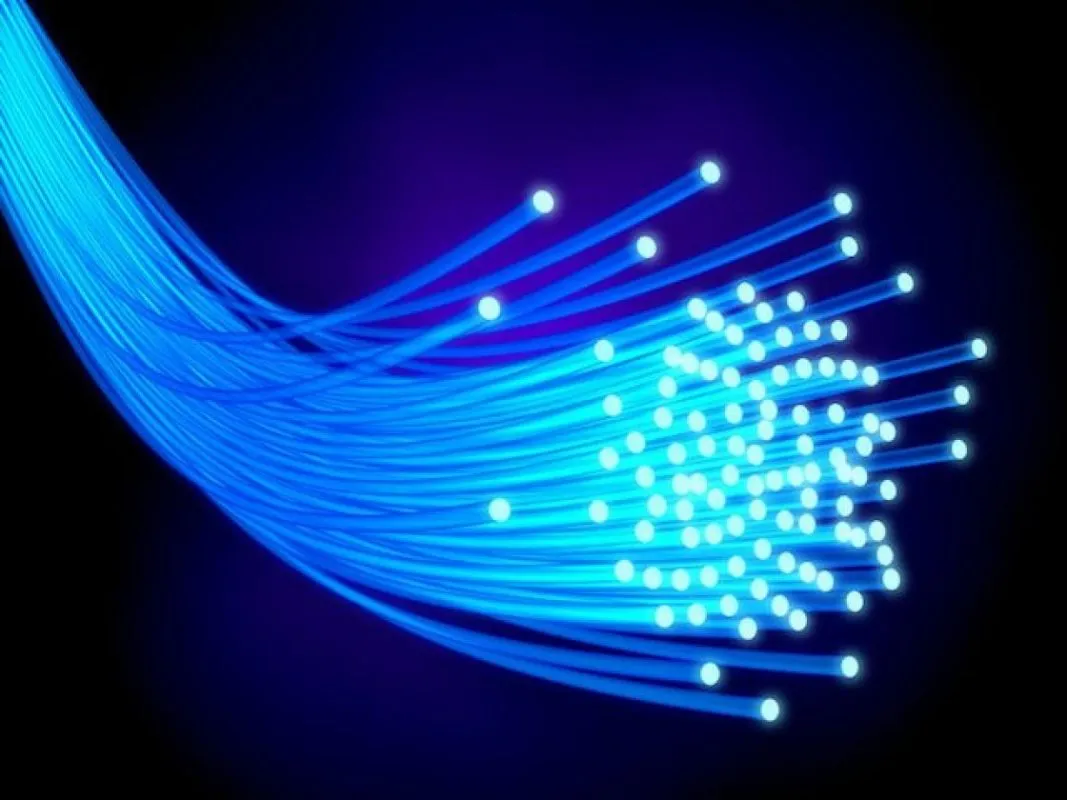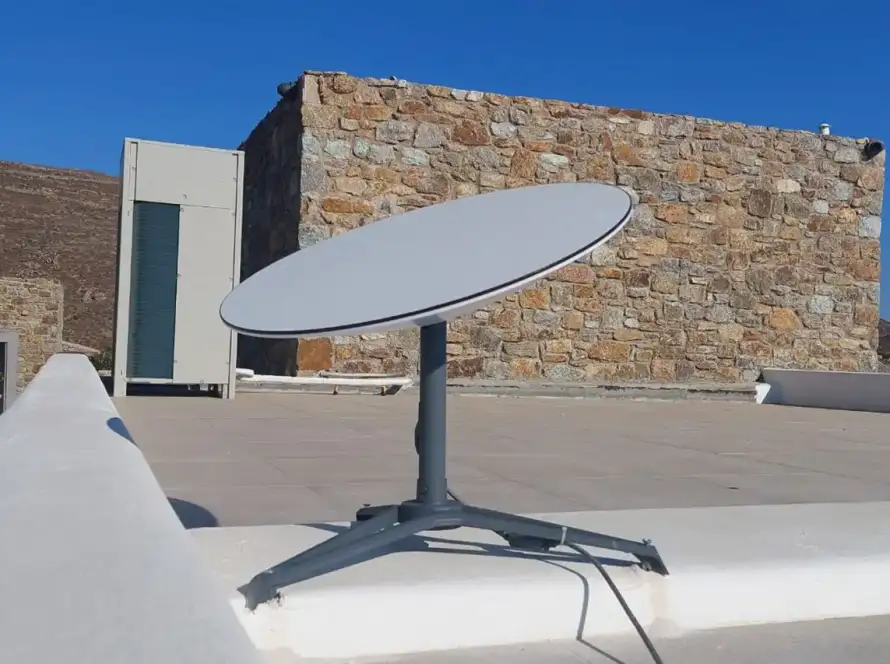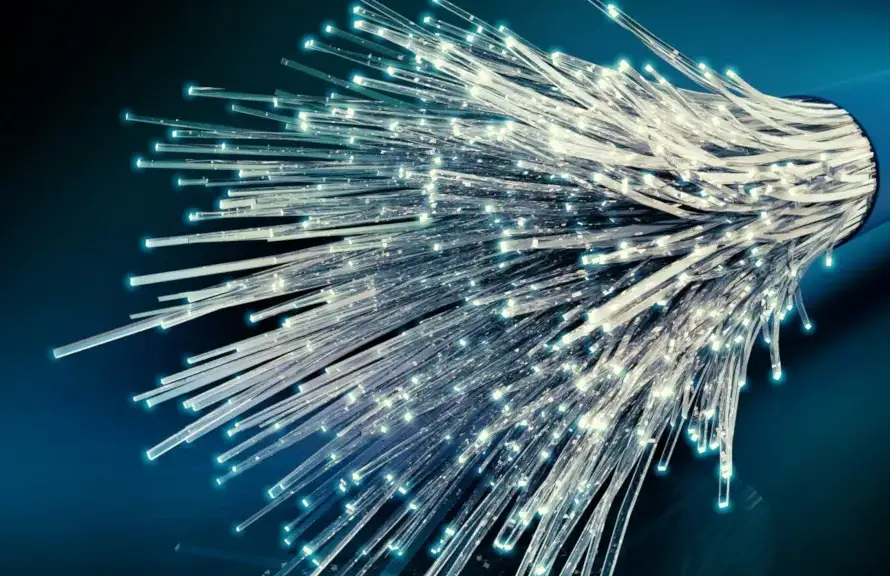With the rapid development of technology, fiber optic installation has become an integral part of our daily life.
From our home to the office and the community around us, fibre provides us with the ability to transfer data quickly at uncompressed speeds.
However, there are many myths and questions about this technology. So let's explore the myths and truths surrounding fibre optics.
The Myths and Truths
Myth 1: Optical fibre is prone to interference and signal problems.
Is it true that the optical fibre can be affected by external factors such as bad weather or construction work.
However, these interferences are rare and temporary, as the fibres are spun in a protective shell that reduces the risk of damage.
The importance of good Installation and maintenance of the network is critical to avoid potential problems.
Myth 2: Optical fibre is very fragile.
Many believe that the optical fibre is fragile and can be easily damaged. This is a myth. Optical fibres are made of special materials that make them resistant to physical factors such as temperatures and vibration.
In addition, the sheathing surrounding the fibres protects them from sub-optimal damage. However, precautions must be taken during installation and maintenance of the network to avoid possible damage.
Reality: Optical fibre is resistant to vibration and other stresses, providing stable and reliable data transfer.
Myth 3: Fiber optic installation is expensive and difficult to install.
Some see fibre optics as an expensive and complicated technology. This is not necessarily true. Although the initial investment in an optical network may be higher than other technologies, fibre offers long-term benefits and lower maintenance costs.
Also, the installation of optical fibre has become simpler and more affordable over the years, as procedures and tools have been optimised.

Myth 4: Fibre optics is only for long distances.
A very common myth around fibre optics is that it is only required for long distances. This is not true.
Optical fibre can be used just as effectively for short distances, such as indoor installations in buildings or for connecting different devices within a network.
Reality: Optical fibre is suitable for short distances and allows fast and secure data transmission between different devices.
Myth 5: Optical fibre is limited to the telecommunications sector.
Although optical fibre is very much associated with the telecommunications sector, there are many other areas where it is successfully used.
From healthcare and education to science and industry, fibre optics offers fast and reliable data transfer in many sectors.
Reality: Optical fibre has applications in many sectors, offering reliable data transmission at high speeds.
Conclusions
As we can see, optical fibre is not as mysterious and complicated as it may seem at first.
It is a reliable and efficient technology that allows us to communicate and transmit data at speeds that provide ample capacity for our needs.
Let's dispel the myths and take full advantage of the benefits of this amazing technology.
"Highest speeds and unparalleled reliability - these are the advantages of fibre optics."



